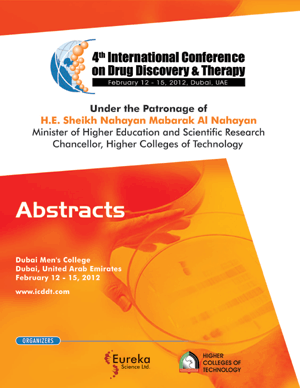Abstract
Alzheimer's disease (AD) is a major cause of mental disability in the elderly,
accounting for 50-60% of all dementia. While β-amyloid plaques as well as
neurofibrillary tangles are neuropathological markers, inflammation plays a critical role
in AD development. The aberrant detachment of microtubules (MTs) from axon MTs,
cellular mislocalization, and hyperphosphorylation of tau are major factors in
neurodegeneration death. Tau's ability to aggregate as well as form NFTs is assumed to
be regulated by post-translational changes, which are regarded to be an essential
regulatory mechanism. So far, drugs that target tau phosphorylation as well as
aggregation have not shown therapeutic impact. It is now clear that tubulin PTMs cause
tau dysfunction. High glutamylation and detyrosination levels in the neurons affect MT
surface physicochemical characteristics. Further evidence for the relevance of such an
enzymatic machinery in neurobiology comes from the recent discovery of harmful
mutations in enzymes involved in surface MT modification. In this chapter, we
discussed that targeting tubulin-modifying enzymes pharmacologically may be useful
in treating neurodegenerative disorders.






















